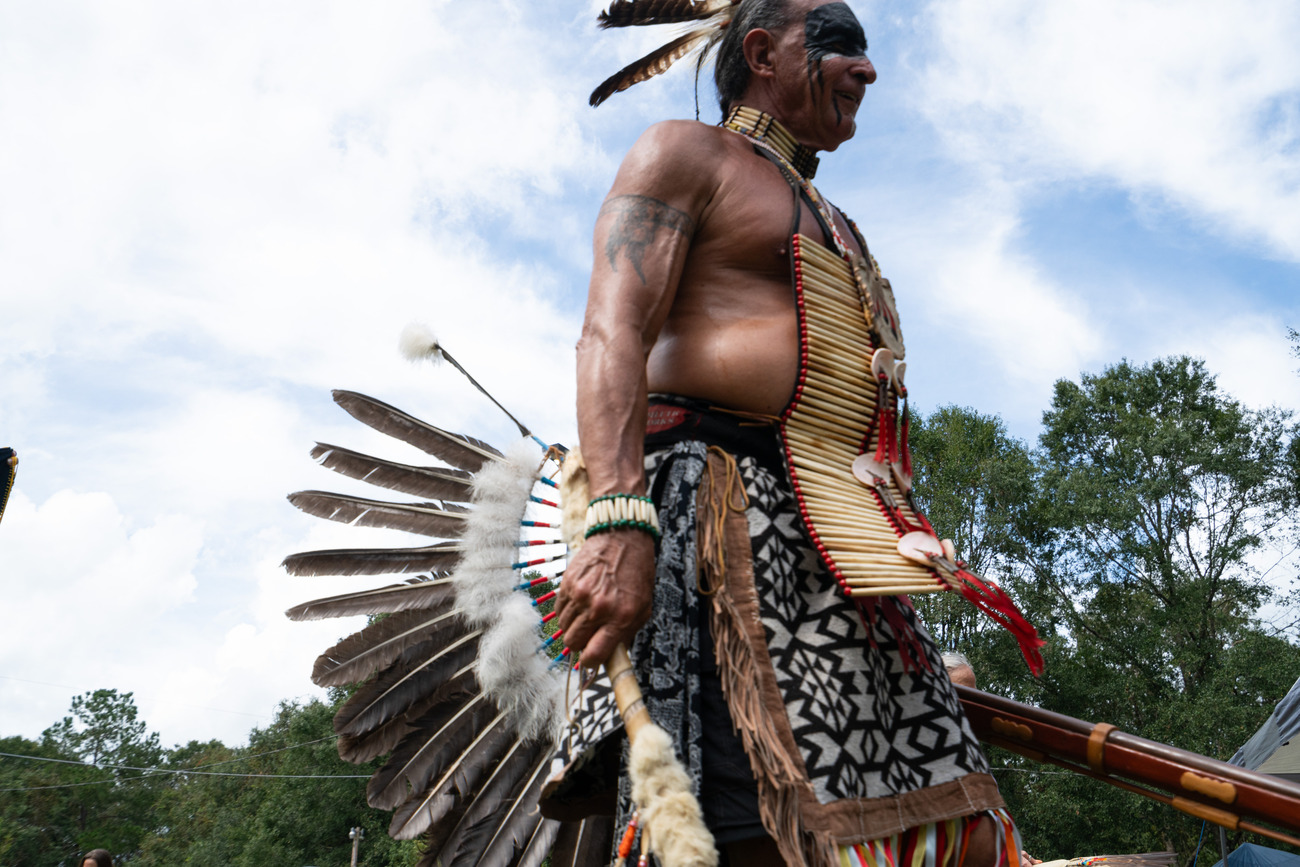Georgia’s Indigenous community, though often overlooked in broader Native American narratives, remains a resilient and vital part of the state’s cultural and historical fabric. As of the 2020 Census, more than 214,000 people in Georgia self-identify as Indigenous, though the state does not currently recognize any tribes at the federal level.
Despite this, Georgia’s Indigenous population continues to thrive, with a growing presence in the state’s demographic, especially as Atlanta attracts people from diverse backgrounds. Recent global movements for racial justice, alongside local protests, have brought new attention to Indigenous issues in Georgia, including the controversy surrounding the Atlanta Braves’ racially insensitive mascot.
Georgia recognizes three tribes—the Cherokee of Georgia Tribal Council, the Georgia Tribe of Eastern Cherokee, and the Lower Muscogee Creek Tribe—though membership in these groups can vary, especially as tribal recognition policies differ.
Many Native Americans in Georgia are enrolled in tribes, but some are not due to specific tribal membership criteria. Despite these complexities, individuals who are members of recognized tribes often retain their voting rights in tribal elections, even if they live off-reservation. This tribal diversity is reflected in Georgia’s Indigenous communities, particularly as Atlanta’s metro area continues to grow.
Georgia’s Indigenous history is deeply tied to the land, which was once home to numerous tribes and rich cultural practices. The state’s significant sites, such as the Ocmulgee and Etowah mounds, provide valuable insights into the lives and traditions of Indigenous peoples who inhabited the region for thousands of years.

These mound complexes are a testament to the enduring legacy of the state’s Original Peoples, reflecting the complexity and depth of their civilizations long before European settlers arrived.
One of the most poignant chapters in Georgia’s Indigenous history is the forced removal of Native American peoples during the 1830s. The Indian Removal Act, passed by President Andrew Jackson, resulted in the displacement of tens of thousands of Native Americans from their ancestral lands.
The Cherokee, among other groups, were particularly affected, with the tragic journey known as the Trail of Tears claiming the lives of thousands. The Treaty of New Echota, signed in 1835, marked the beginning of this forced exodus, a dark chapter in Georgia’s history that continues to resonate in the memories of Indigenous communities today.
Sites like New Echota and the Cherokee Trail of Tears serve as reminders of this painful past. New Echota, once the seat of the Cherokee government, was also the location of the first Native American newspaper and the site of the treaty that led to the Cherokee’s forced removal.
Today, the land that once held these cultural and governmental landmarks has been lost to history, but its legacy remains deeply ingrained in Georgia’s Indigenous communities. The Ocmulgee site, too, tells the story of the Muscogee Creek people who resisted removal and whose history is marked by tragic loss and enduring survival.
These places stand as symbols of both suffering and resistance, reflecting the ongoing struggle of Georgia’s Indigenous populations to preserve their heritage and rights in the face of historical and contemporary challenges.


